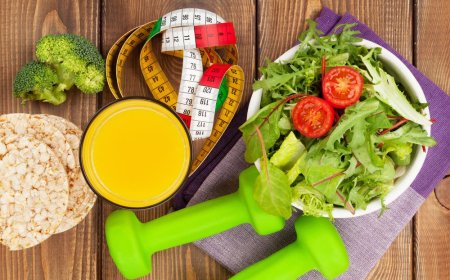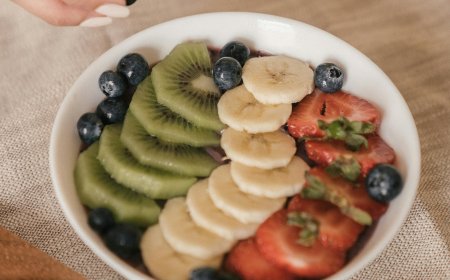1. Make a List and Stick to It:
Before heading to the grocery store, take some time to plan your meals for the week and create a shopping list. Having a list can help you stay focused and avoid impulse purchases of unhealthy foods. Organize your list by categories such as produce, proteins, grains, and dairy to streamline your shopping trip.
2. Shop the Perimeter:
The perimeter of the grocery store is typically where you'll find fresh, whole foods like fruits, vegetables, lean meats, fish, dairy, and whole grains. Focus on filling your cart with items from the perimeter, as these tend to be less processed and higher in nutrients compared to foods found in the center aisles.
3. Read Labels Carefully:
When shopping for packaged foods, take the time to read the nutrition labels and ingredient lists. Look for products with short ingredient lists containing whole, recognizable ingredients. Pay attention to serving sizes, and be mindful of added sugars, sodium, and unhealthy fats. Aim for products with minimal processing and additives.
4. Choose Whole Grains:
Opt for whole grains like brown rice, quinoa, oats, and whole wheat bread and pasta over refined grains. Whole grains are higher in fiber, vitamins, and minerals and can help keep you feeling full and satisfied. Look for products labeled "100% whole grain" or "whole wheat" to ensure you're getting the real deal.
5. Stock Up on Fruits and Vegetables:
Load up your cart with a variety of colorful fruits and vegetables to add flavor, nutrients, and fiber to your meals. Choose a mix of fresh, frozen, and canned options to ensure you always have produce on hand. Experiment with different types of fruits and veggies to keep your meals interesting and diverse.
6. Choose Lean Proteins:
Opt for lean protein sources such as chicken breast, turkey, fish, tofu, beans, and lentils. These protein-rich foods are lower in saturated fat and cholesterol compared to red meats and processed meats. Incorporate a variety of protein sources into your meals to ensure you're getting all the essential amino acids your body needs.
7. Minimize Processed Foods:
Try to limit your intake of processed foods like sugary snacks, packaged desserts, chips, and processed meats. These foods are often high in added sugars, unhealthy fats, sodium, and artificial additives. Instead, focus on whole, minimally processed foods that nourish your body and provide lasting energy.
8. Be Mindful of Portion Sizes:
Pay attention to portion sizes when selecting foods, especially when it comes to high-calorie items like nuts, nut butters, oils, and condiments. Use measuring cups, spoons, or visual cues to help you gauge appropriate portion sizes and avoid overeating.
9. Don't Shop Hungry:
Avoid shopping on an empty stomach, as this can lead to impulse purchases of unhealthy foods and derail your healthy eating intentions. Eat a balanced meal or snack before heading to the grocery store to help curb cravings and make more mindful choices.
10. Stay Hydrated:
Remember to stay hydrated while shopping by drinking water throughout your trip. Dehydration can sometimes be mistaken for hunger, leading to unnecessary snacking on unhealthy foods. Carry a reusable water bottle with you and sip on water as you shop.
Conclusion:
Navigating the grocery store doesn't have to be overwhelming when armed with the right strategies for making healthy choices. By planning ahead, reading labels, focusing on whole foods, and being mindful of portion sizes, you can fill your cart with nutritious foods that support your health and well-being. With these tips in mind, you'll be well-equipped to make shopping for groceries a positive and empowering experience on your journey to better health.





















































































